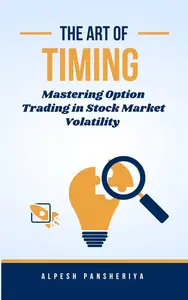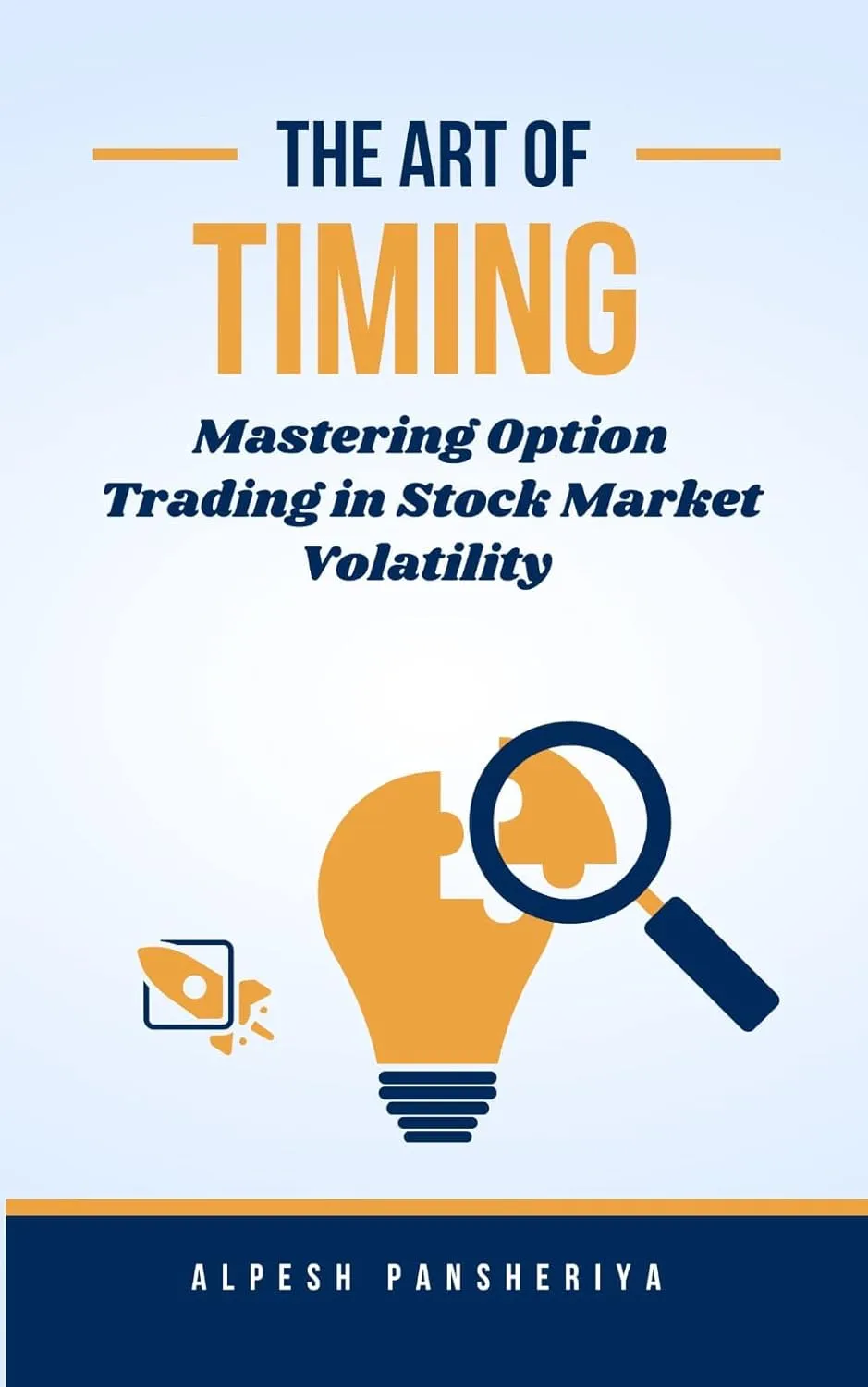The Art of Timing: Mastering Option Trading in Stock Market Volatility by Alpesh Pansheriya
English | May 23, 2023 | ISBN: N/A | ASIN: B0C67DCLKS | 75 pages | EPUB | 0.08 Mb
English | May 23, 2023 | ISBN: N/A | ASIN: B0C67DCLKS | 75 pages | EPUB | 0.08 Mb
Option trading in the stock market involves the buying and selling of options contracts based on underlying stocks. Here are some key points to summarize about option trading:
1. Definition: Options are financial derivatives that provide the buyer the right, but not the obligation, to buy or sell a specified quantity of the underlying stock at a predetermined price (strike price) within a specific time period.
2. Call and Put Options: There are two types of options: call options and put options. Call options give the buyer the right to buy the underlying stock, while put options give the buyer the right to sell the underlying stock.
3. Strike Price and Expiration Date: Every option contract has a strike price, which is the price at which the underlying stock can be bought or sold. Options also have an expiration date, after which the contract becomes invalid.
4. Option Premium: The price at which an option contract is bought or sold is known as the option premium. It represents the cost of the option and is influenced by factors such as the underlying stock price, time remaining until expiration, volatility, and interest rates.
5. Leverage and Risk: Options provide leverage, allowing traders to control a larger position with a smaller investment. However, options trading involves risks, including the potential loss of the entire premium paid for the option if the trade doesn't go in the expected direction.
6. Hedging and Speculation: Traders use options for various strategies. Hedging involves using options to protect against potential losses in the underlying stock position. Speculation involves taking directional bets on the future price movement of the underlying stock.
7. Options Trading Strategies: There are numerous options trading strategies, including buying and selling options outright, as well as combinations of options known as spreads. Strategies can be used to profit from bullish, bearish, or neutral market conditions.
8. Option Greeks: Option prices are influenced by factors known as the Greeks, including delta, gamma, theta, vega, and rho. These Greeks help traders assess the sensitivity of option prices to changes in the underlying stock price, time, volatility, and other variables.
9. Liquidity and Market Efficiency: Option markets vary in terms of liquidity, with more liquid markets having tighter bid-ask spreads. Efficient markets ensure fair pricing and ease of executing trades.
10. Education and Risk Management: Option trading requires knowledge and understanding of various concepts and strategies. Traders should practice risk management techniques, such as setting stop-loss orders and diversifying their portfolios.
Remember, this is just a summary, and option trading involves a complex set of concepts and strategies which covered in this book. It's important to conduct thorough research, seek professional advice, and practice with virtual trading platforms before engaging in real-money options trading.



